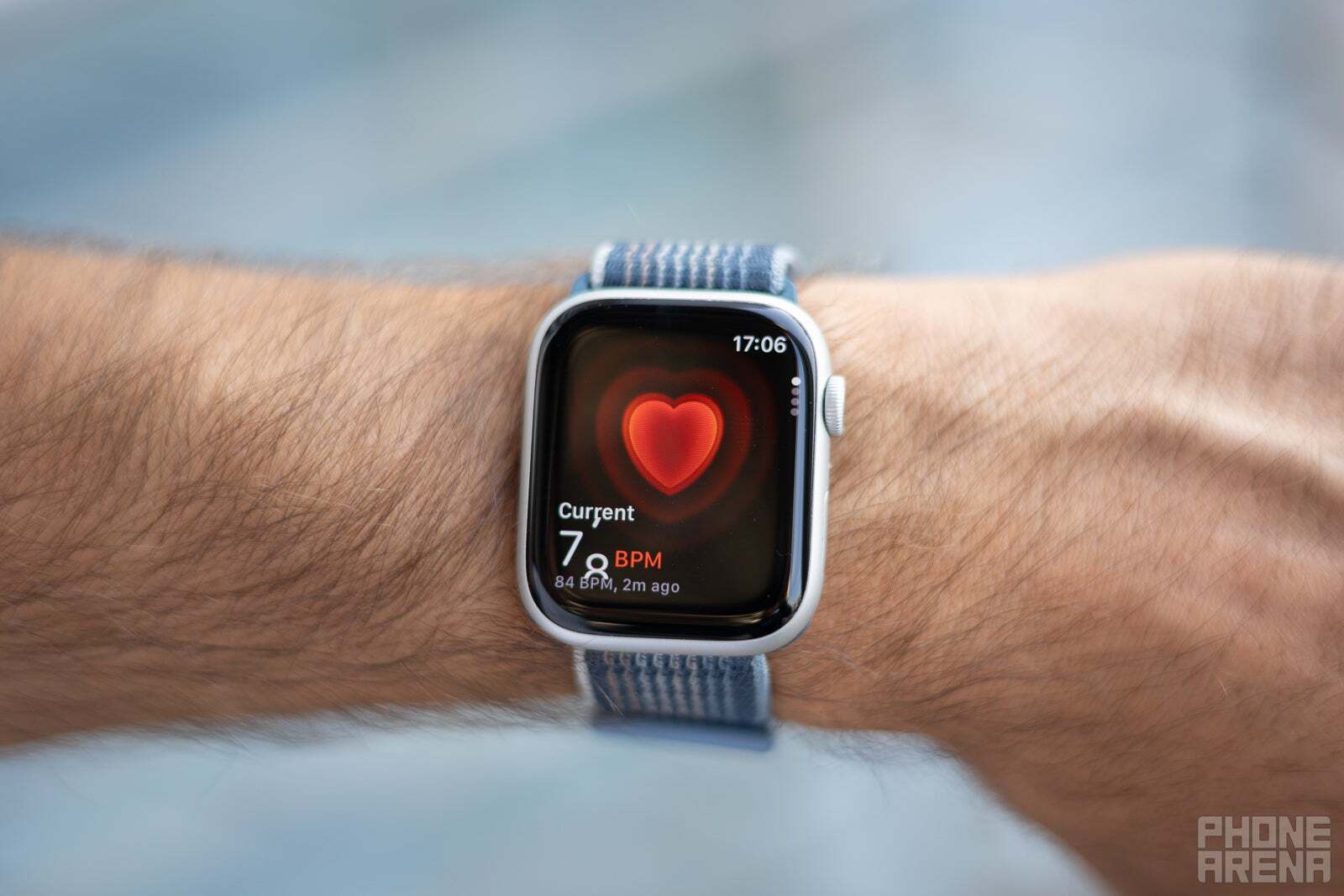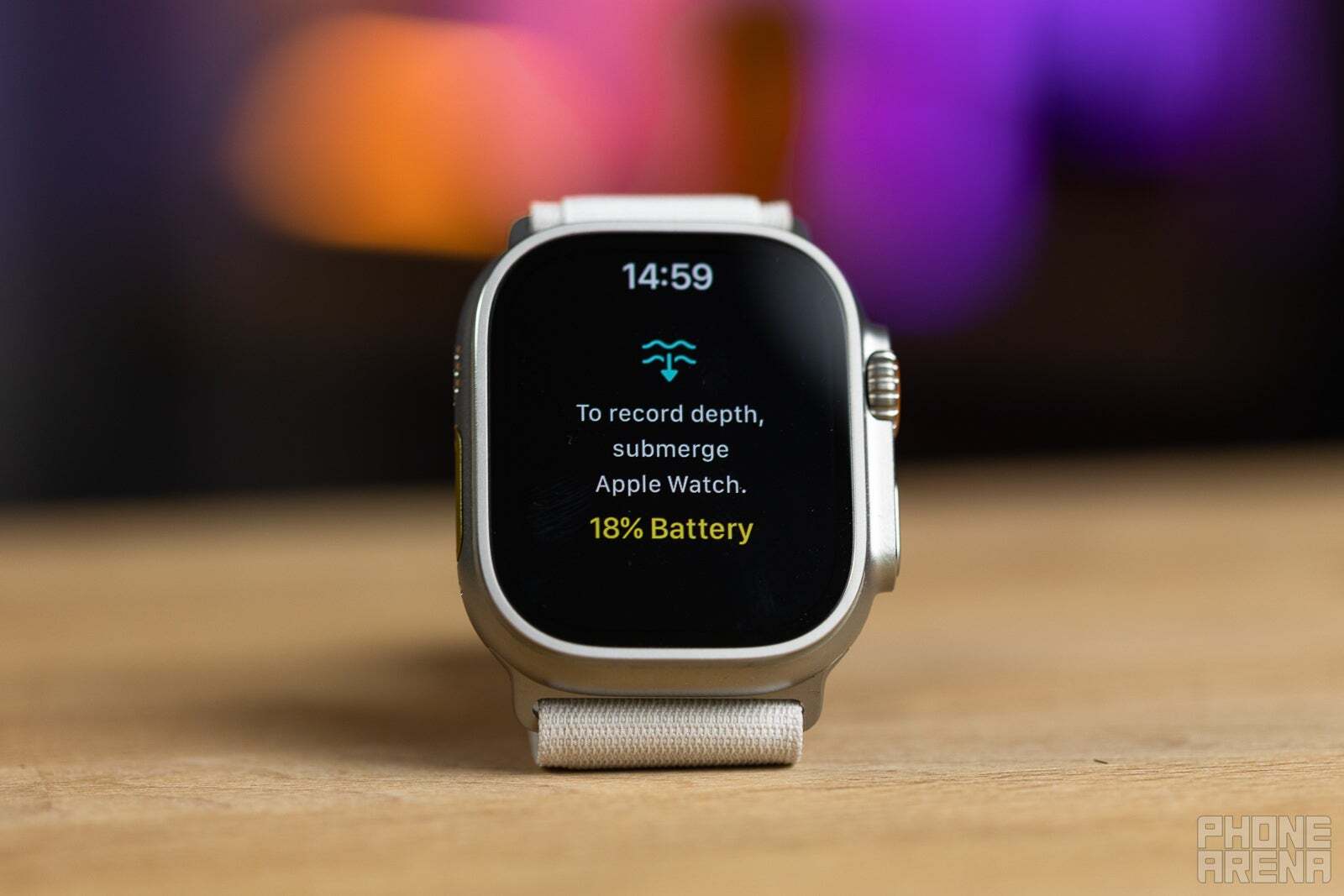But let’s not get ahead of ourselves. Let me first tell you about my experience with smartwatches.
15 years of frustration

The Motoactv was such an interesting gadget! It even had a 3.5mm audio jack and FM Radio!
I’ve been testing and reviewing gadgets for a living for the past 15 years. I had the chance to try out a MOTOACTIV watch, the first Galaxy Gear, and even the odd and highly unfunctional Sony Ericsson LiveView not-so-smart-watch.Little has changed in 15 years in terms of features—those that are actually useful, that is. For what it’s worth, some of the early smartwatches even had features that their modern offspring don’t have, such as cameras with video recording capabilities, IR blasters, FM radio, Gmail with Street View, Android games, and more!
That’s why, for me, the smartwatch game has been evolving in reverse from the mid-2010s onward.
Form over function


Pretty, isn’t it? It costs almost $1000!
What’s evolved is smartwatch design. The big tech companies have been focusing on the smartwatch as a fashion accessory and, more or less, have been trying to make it look like a regular watch.
Maybe that’s our fault to some extent; people resist change and love what they’re used to. But all in all, companies have been removing features and focusing on shiny OLED screens and fancy titanium and sapphire materials to lure us to buy these ever-so-expensive digital handcuffs.
What’s a smartwatch good for, really?


Okay, okay! You can sense my heartrate, I get it.
Let’s give credit where credit is due. There’s one area where smartwatches can probably, maybe, justify their existence. Sports and health tracking. Sure, smartwatches can give you some additional info about your exercise, sleep, and overall health, but the reality is that most people won’t do anything with that information and just peddle down the road they’ve already taken.
Devoted athletes and fitness maniacs may benefit, but these people existed before smartwatches, and if you erase smartwatch technology from the world, it won’t make a difference to them; they will still be incredibly obsessed with their workouts and sleep habits.Then there’s a case to be made about notifications. It might be useful to just glance over notifications without taking out your smartphone, but even notifications aren’t done right on most smartwatches. You can’t read most mails, long notifications are often trimmed down, and most smartwatches use predefined answers.
So, if it’s something important or you want to actually see the thing in its entirety, you do need to get your phone out anyway.
My main gripes with smartwatches


They are glorified fitness bands and pagers. There, I’ve said it! I’ve tried forcefully to make myself wear all kinds of smartwatches. And after the first honeymoon week, my usage boiled down to glancing over notifications (because my wrist vibrated all the time), paying at POS terminals, and checking out the time.
Most of the smartwatches I tried, I couldn’t wear to bed, either because they were uncomfortable or their batteries died. Which brings me to the battery subject.
Smartwatches from 10 years ago were able to do 2-3 days on a single charge, but somehow the new norm is 18 hours. I know there are some stamina champions out there, but Apple and Samsung aim for one day, and most regular people buy Apple Watches and Galaxy Watches.
Having to think about yet another gadget and its battery situation all the time gives me anxiety. Having to charge it every day may become a routine, but the question is: why? If you’re using your smartwatch for notifications, payments, and passive tracking, why use a smartwatch in the first place?
A stainless steel Apple Watch 9 Series costs $700! You can get a Pixel 8 or a Galaxy S24 (on a deal) for that kind of money.
What are the alternatives?


The Galaxy Ring is coming.
There’s a reason smart rings are starting to become a thing. Some people have finally realized that all you need is some sensors to track your vitals and an NFC chip to handle your payments. You can also get basic notifications through different vibration patterns.
These things are small, you don’t have to charge them that often, and they cost less than a regular smartwatch. But this is not a case for smart rings, and I’m not trying to sell you one.
You can get a $59 fitness band, which will cover 99% of your smartwatch needs and last for days, even weeks. For the watch aficionados, there are hybrid smartwatches, which are basically a normal watch with some sensors and Bluetooth connectivity. You get your tracking done, you get your luxury-looking watch, and it lasts for weeks.


The Galaxy Fit2 costs just $59.99!
So, why do we keep buying shiny smartwatches for hundreds of dollars? I really don’t know. Not a single model has managed to stay on my wrist for more than two weeks. My smartphone is more than enough. It’s always with me; it can track steps, and I don’t mind pulling it out to pay here and there. I might even take it for a run to use its much better GPS antenna, music streaming, and battery.
But maybe I’m missing something. Hit me in the comments below. What’s your favorite smartwatch feature—one that you can’t live without and one that your smartphone can’t pull off.
👇Follow more 👇
👉 bdphone.com
👉 ultraactivation.com
👉 trainingreferral.com
👉 shaplafood.com
👉 bangladeshi.help
👉 www.forexdhaka.com
👉 uncommunication.com
👉 ultra-sim.com
👉 forexdhaka.com
👉 ultrafxfund.com
👉 ultractivation.com
👉 bdphoneonline.com